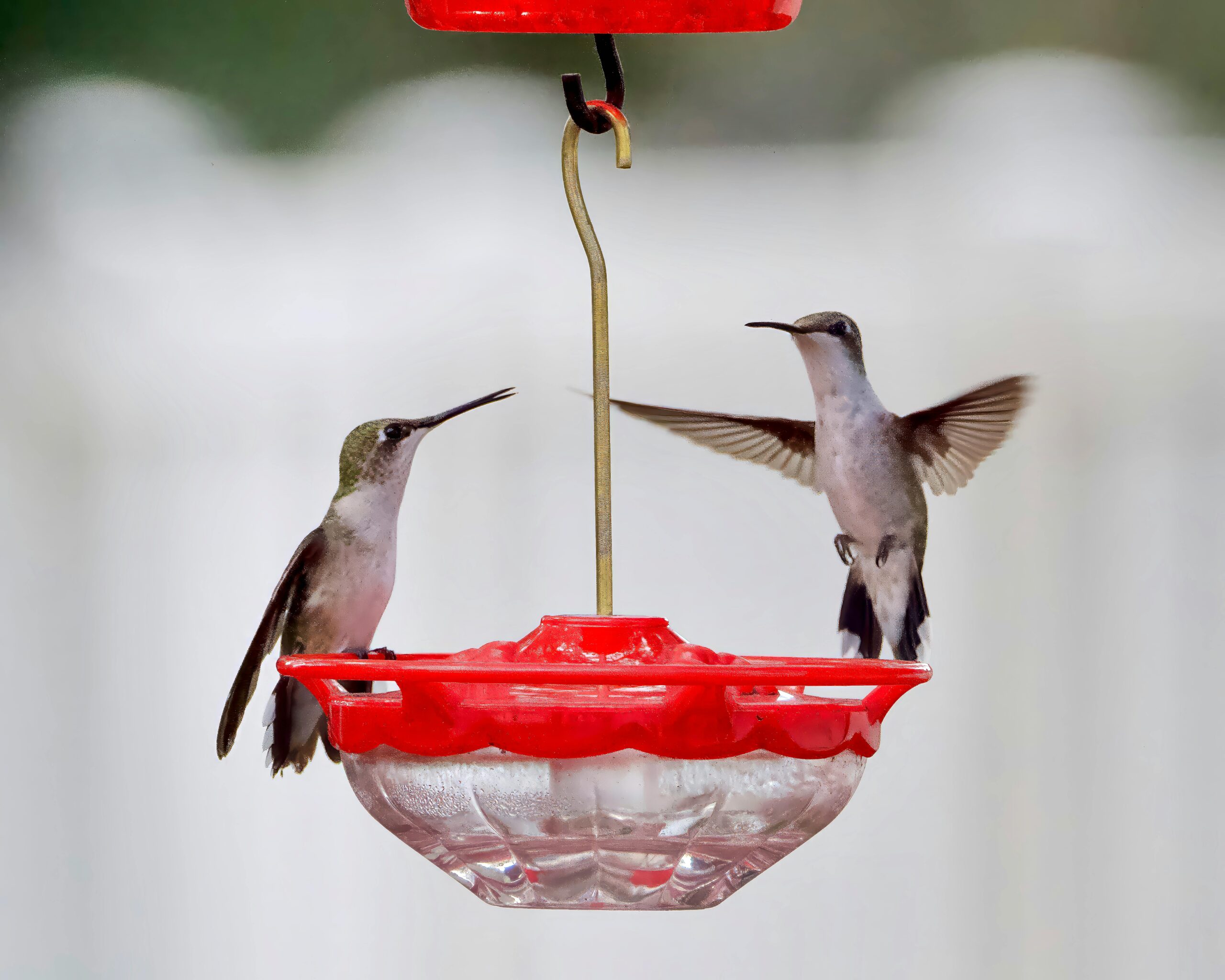- ACTIVITIES
Breaking Bad Trivia Questions and Answers


Hummingbirds may be among the smallest birds in the world, but they have enormous energy needs. Their wings can beat up to 80 times per second, and their hearts can race faster than 1,200 beats per minute. To fuel this high-octane lifestyle, they rely on sugary nectar found in flowers or in backyard feeders provided by humans. Offering hummingbird food in your yard is one of the easiest and most rewarding ways to attract these dazzling creatures, but it’s important to get it right.
The best hummingbird food is nothing fancy—it’s essentially a sugar-water solution that mimics the natural nectar found in flowers.
Homemade nectar can be stored in the refrigerator for up to a week. Use a clean, sealed container and label it with the date you made it. Always allow cold nectar to warm to room temperature before refilling your feeder, as very cold liquid can shock a hummingbird’s tiny body.
The freshness of hummingbird food is just as important as the recipe. Nectar that sits too long can ferment, mold, or attract harmful bacteria.
Hummingbird feeders need regular cleaning to prevent mold and bacteria.
While feeders are wonderful, planting nectar-rich flowers ensures a steady and healthy food source. Some hummingbird favorites include:
These flowers not only attract hummingbirds but also support pollinators like bees and butterflies.
Providing hummingbird food is a simple but powerful way to bring these tiny wonders into your backyard. With just sugar, water, and a clean feeder, you can create a safe, nutritious nectar source that keeps hummingbirds energized and happy. Add some native flowers, and you’ll have a front-row seat to one of nature’s most delightful shows.